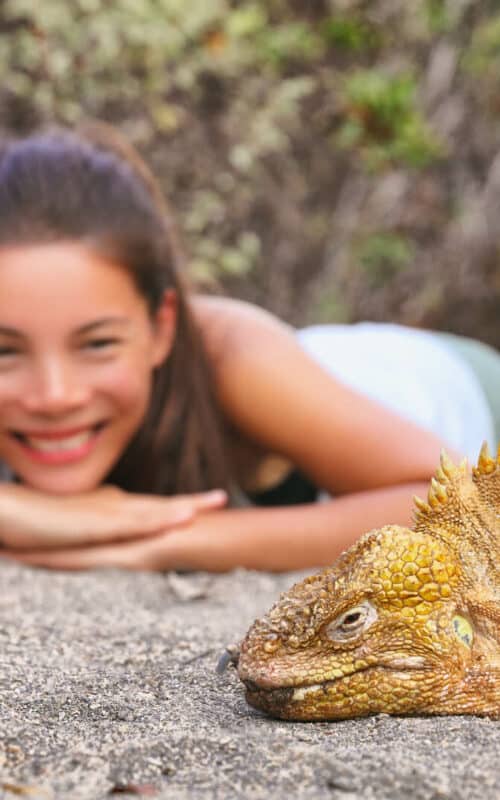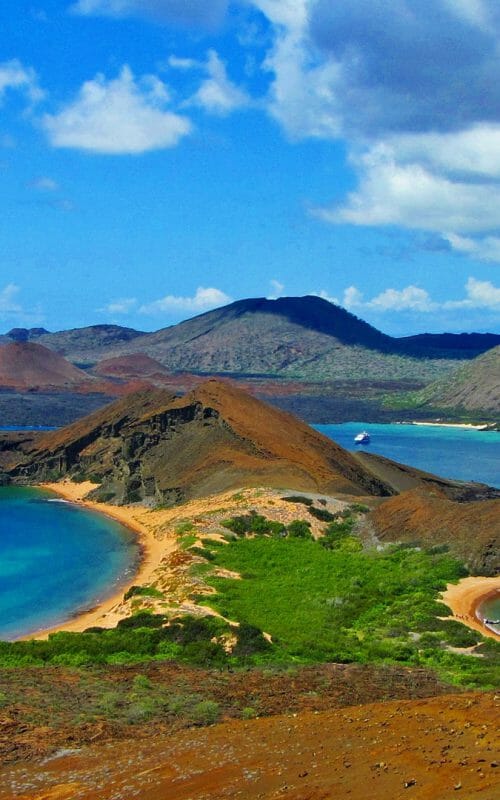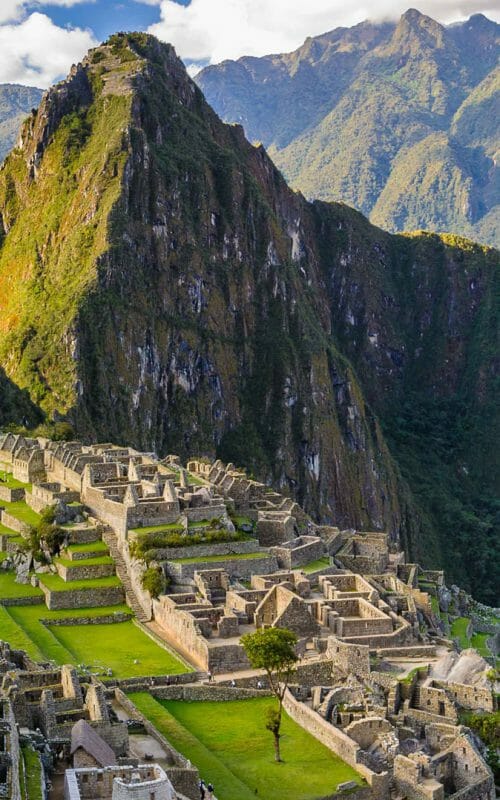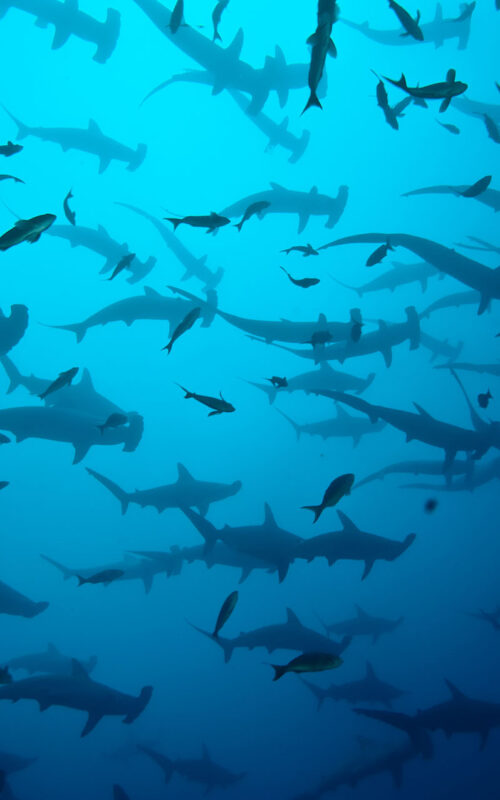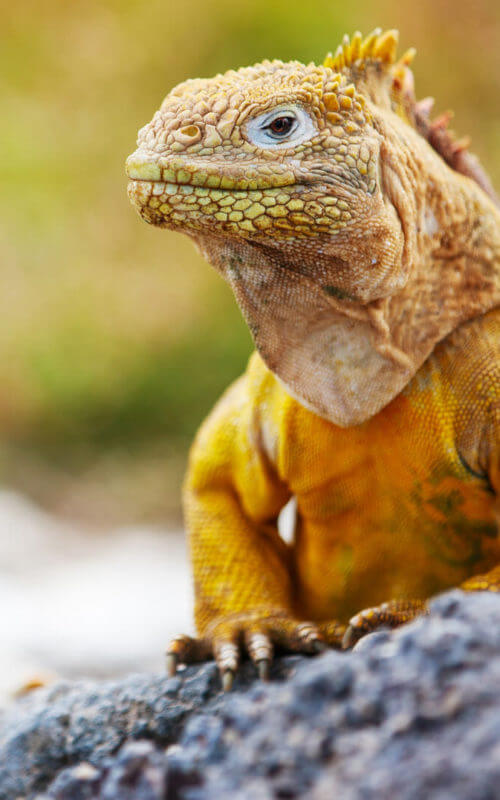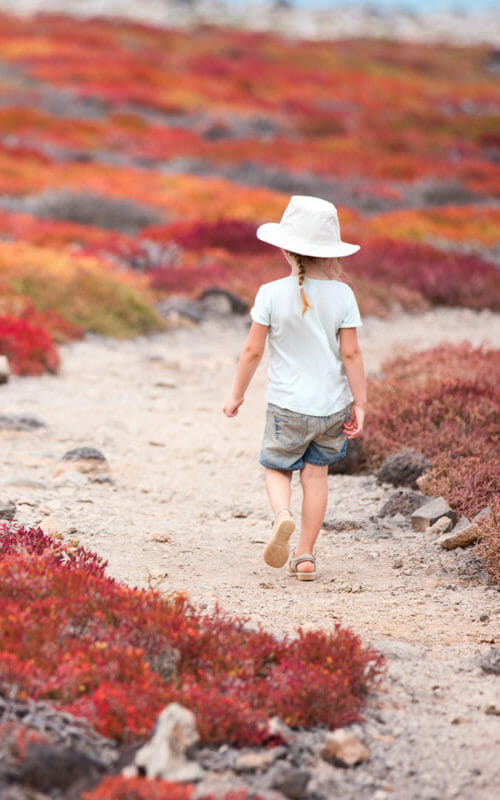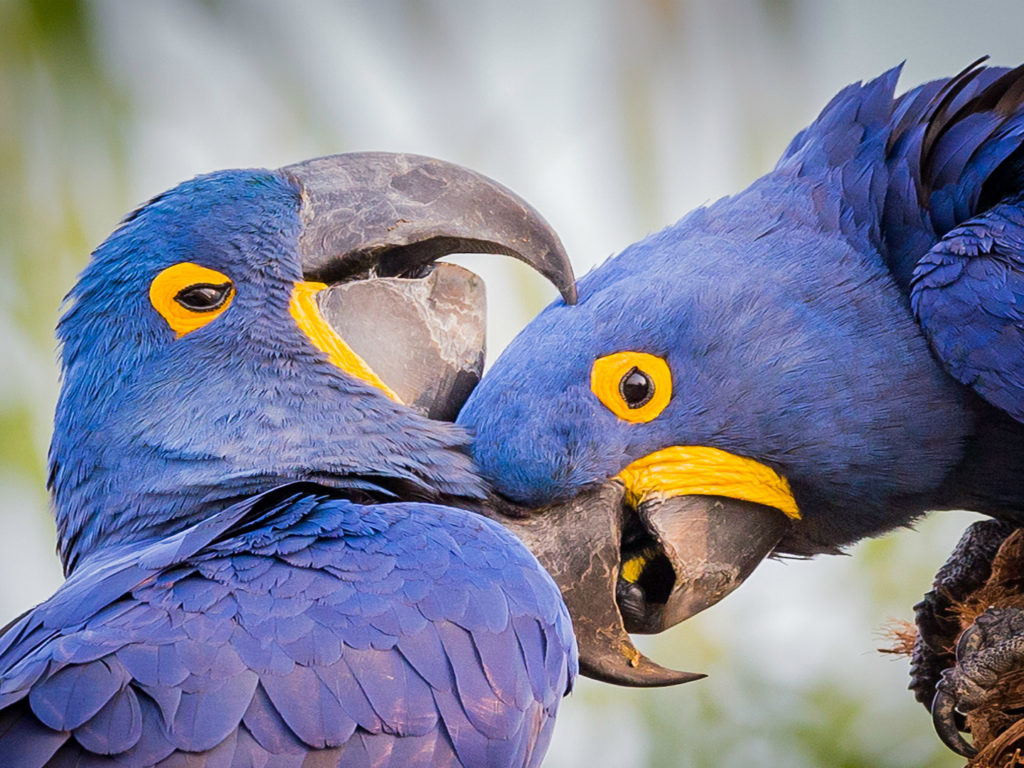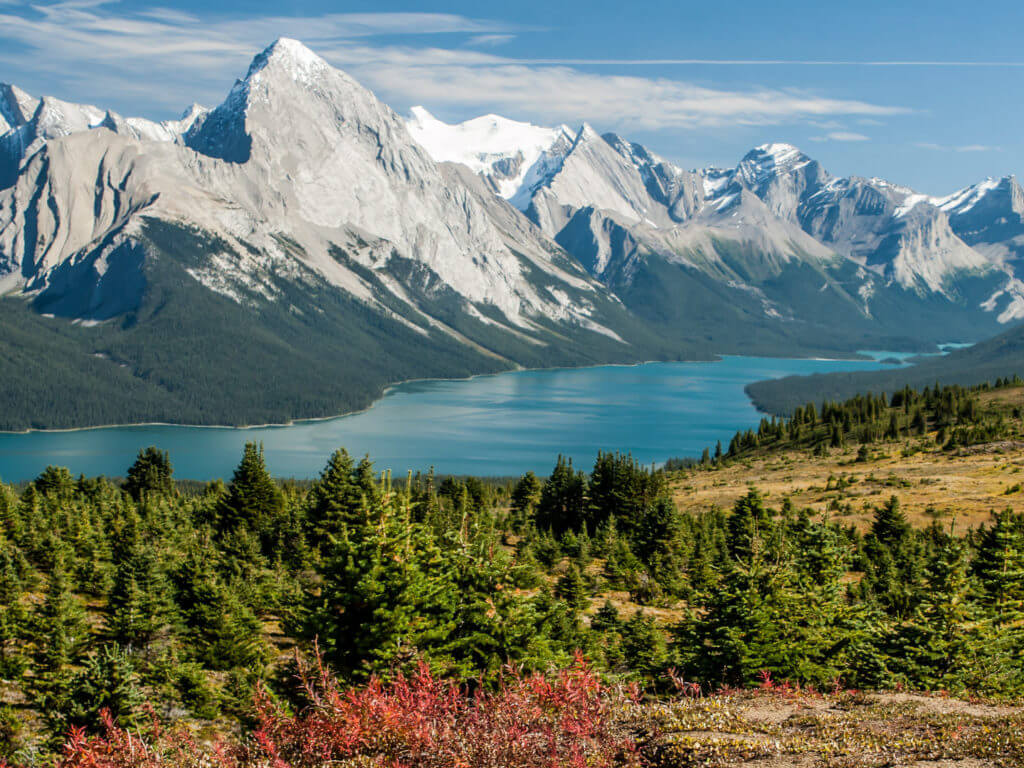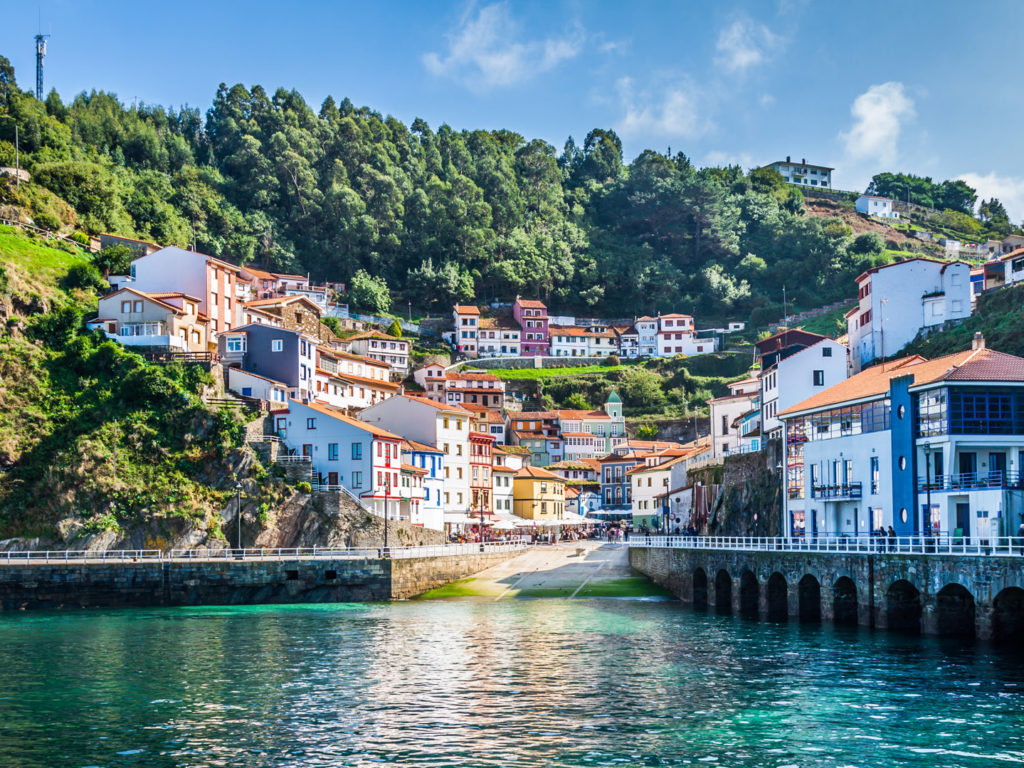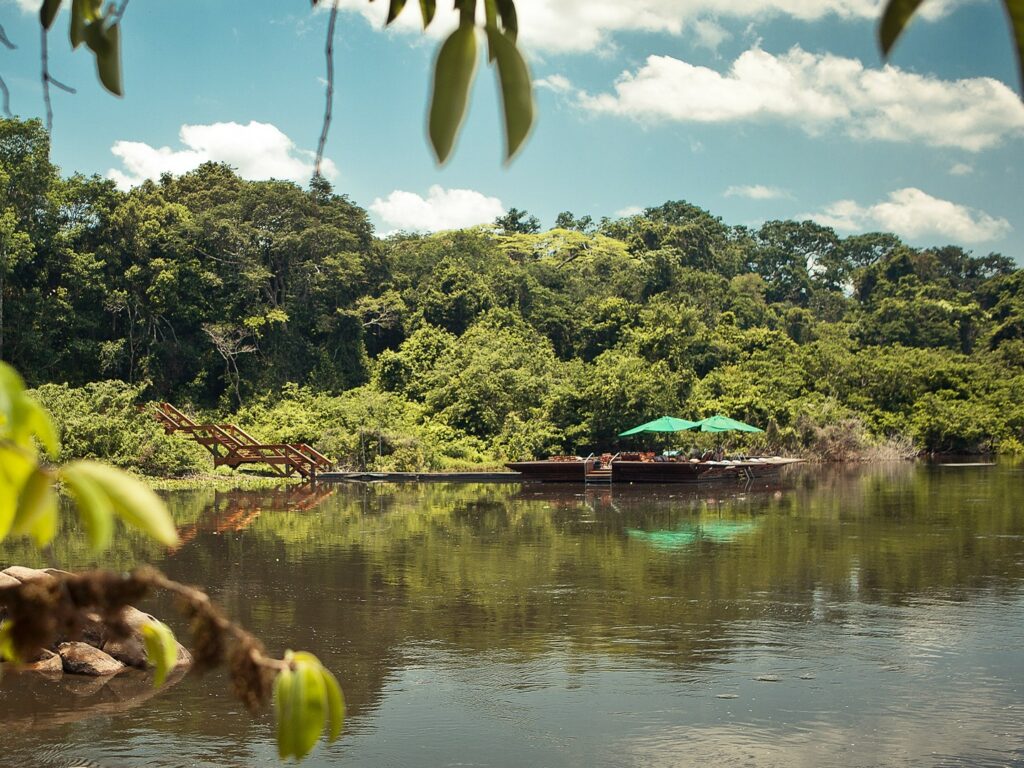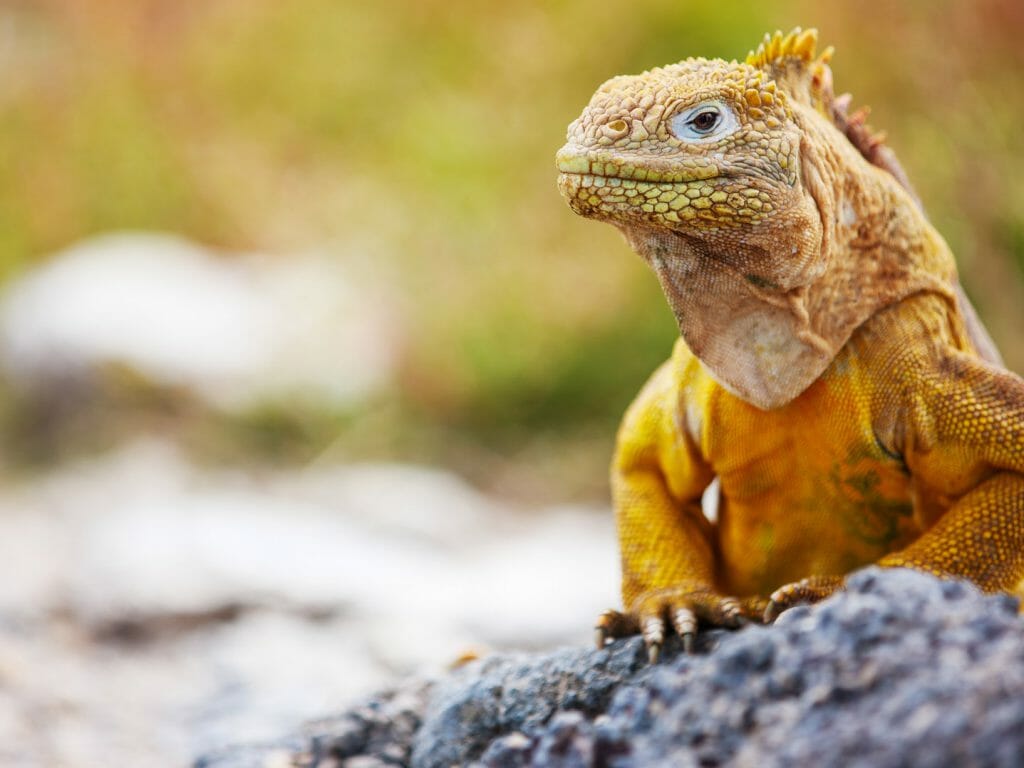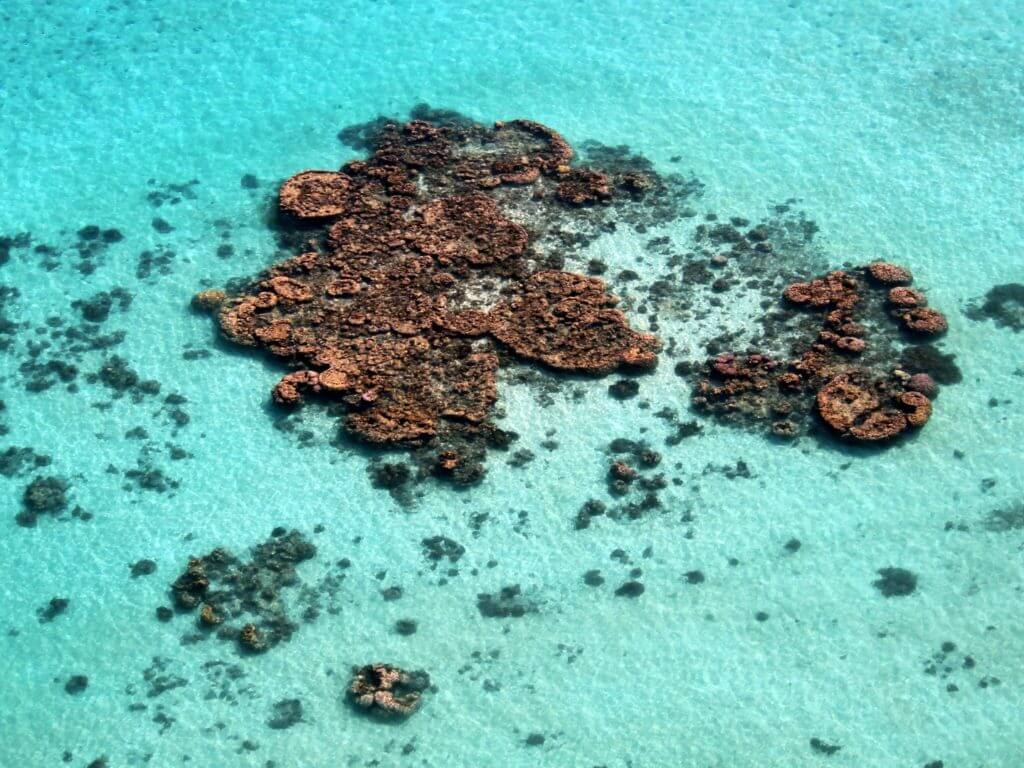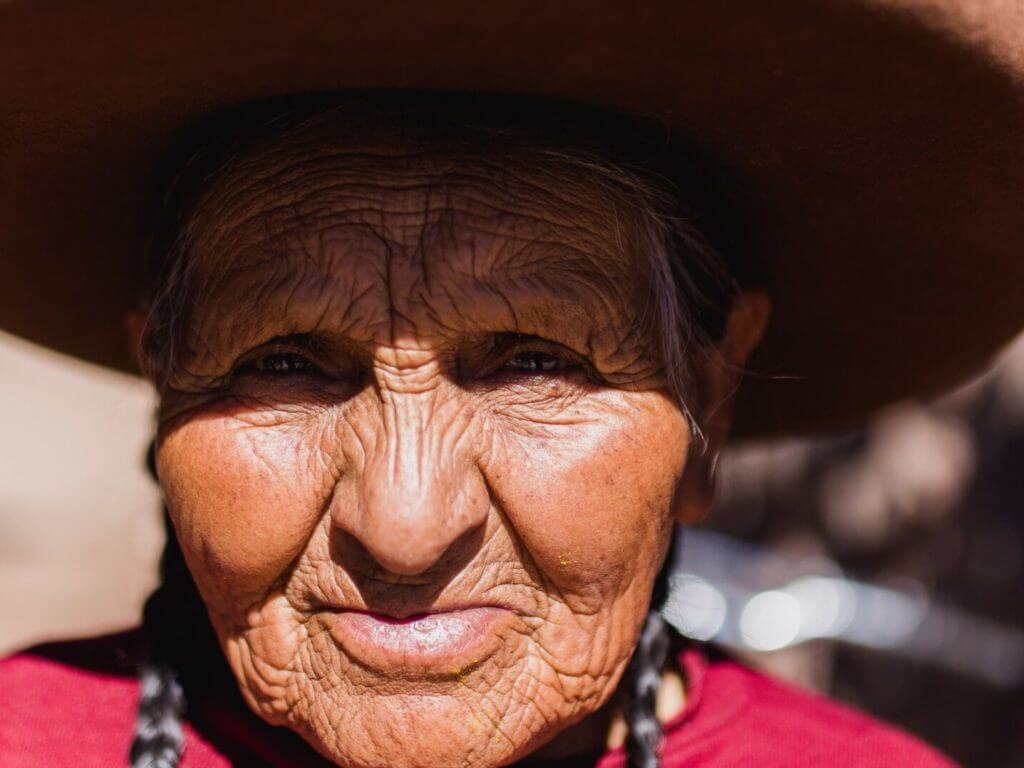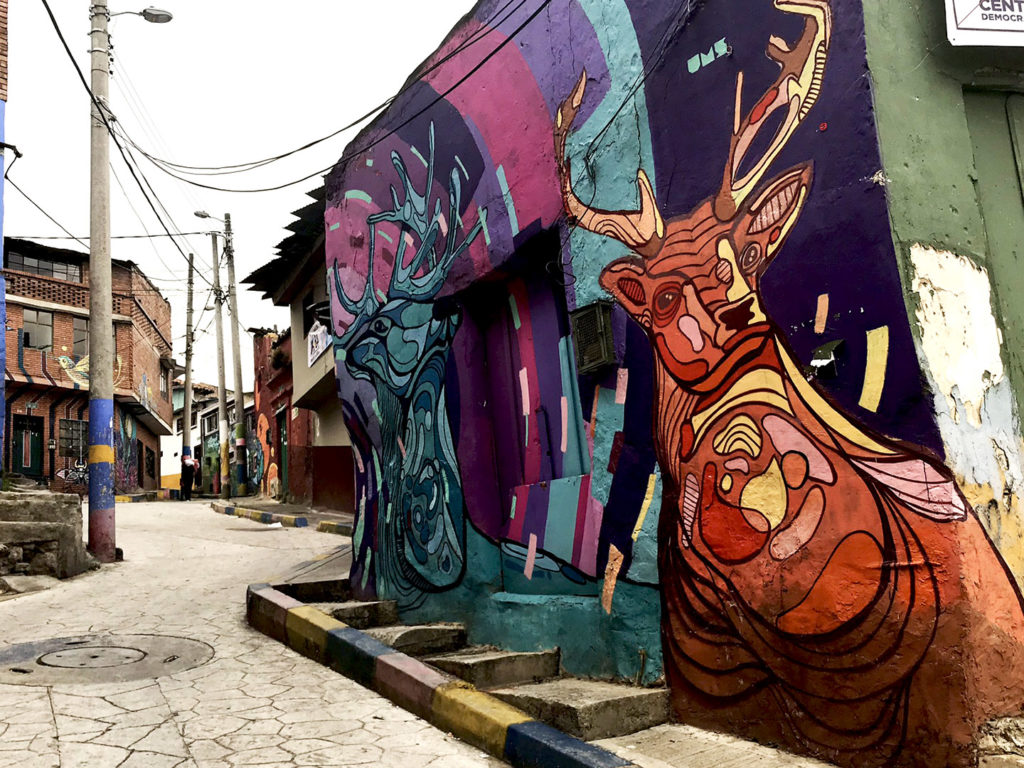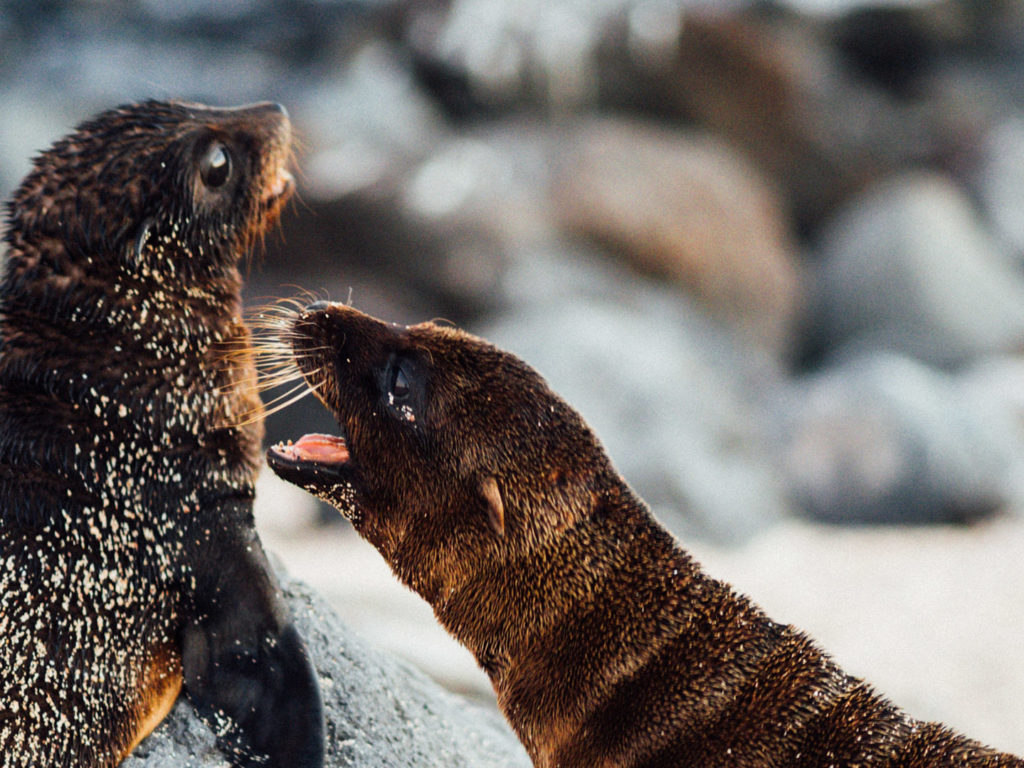This article is an excerpt from our new Steppes Traveller magazine – please get in touch with us to receive your free copy.
Travelling to the Galapagos Islands with his wife Pamela, Executive Director of the Blue Marine Foundation Charles Clover finds a fresh appreciation for little nations making a big impact on conservation.
It is the little things you probably should have noticed before about life on Earth that strike you in the Galapagos. Take marine iguanas, for example – I found myself swimming above one off the sharp volcanic reefs of Fernandina Island. It was gliding lithely a couple of feet away from my mask to graze on a patch of bright-green algae between the fronds of seaweed. I noticed, for the first time, that reptiles swim by moving their tails from side to side, whereas mammals such as otters – which this iguana closely resembled – swim by moving their tails up and down.
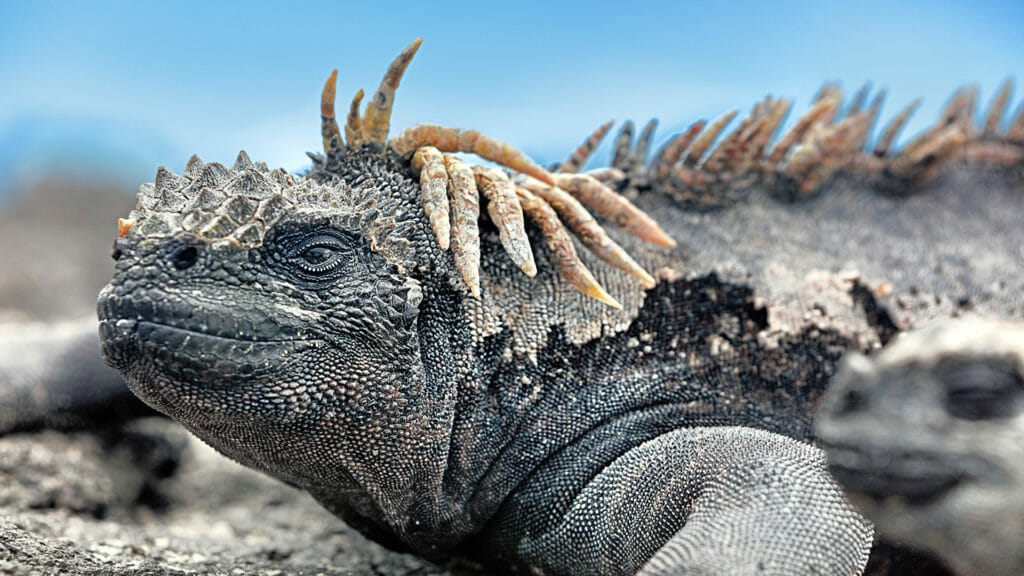
Such blinding flashes of comprehension about how life has evolved are available to the layman 183 years after Charles Darwin’s voyage to the Galapagos. Animals on these young volcanic islands take up niches you might not expect: iguanas, where elsewhere you might see otters; tortoises, where you might see domesticated browsers, such as goats or pigs. It is wonderful to see huge tortoises hauling themselves through a forest and wallowing in mud baths like 100-year-old porkers.
It is my belief that you have to go to the Galapagos at least once in your life if you are to have a proper appreciation of the natural world. My wife Pamela, whose forebears come from the Scottish island of Mull, kept pointing out the similarities in rock formation, volcanic activity and the behaviour of seabirds, such as the blue-footed booby, to their home equivalent, the gannet. However, the giant Mull volcano spat jets of stone as far as Yorkshire between 60 and 50 million years ago – the volcanoes on the islands of Isabela and Fernandina are still erupting today.
These still-forming islands are a revelation. From the point of view of a professional marine conservationist, its amazing to see the small, heavily indebted country of Ecuador getting on with safeguarding its marine assets around the Galapagos, while bigger countries, like the UK, are only now getting down to the business of creating marine reserves.
As recently as 2017, Galapagos National Park rangers and the Ecuadorean military managed to arrest a Chinese refrigerator vessel – a reefer as it is called – traversing the reserve and not responding to requests for identification. The vessel was found to contain 6,600 sharks – including some 300 tonnes of endangered species, such as the scalloped hammerhead. The vessel was being supplied by shadowy fishing vessels hunting off the southern end of the national park. On this occasion, thanks to lobbying of the courts and politicians by outraged Ecuadoreans, 20 Chinese fishermen were jailed, including the captain for four years. This must have taken skilled diplomacy, as China is Ecuador’s major creditor.
The Galapagos Islands are vulnerable and there is a sense of threat from outside which sharpens the wonder of what is within. Parties of visitors to the largely-uninhabited islands are all regulated in size and co-ordinated. A lasting thought from several of us on board, and not necessarily the most well-heeled: is the park itself charging us enough for protecting assets as precious as these?


